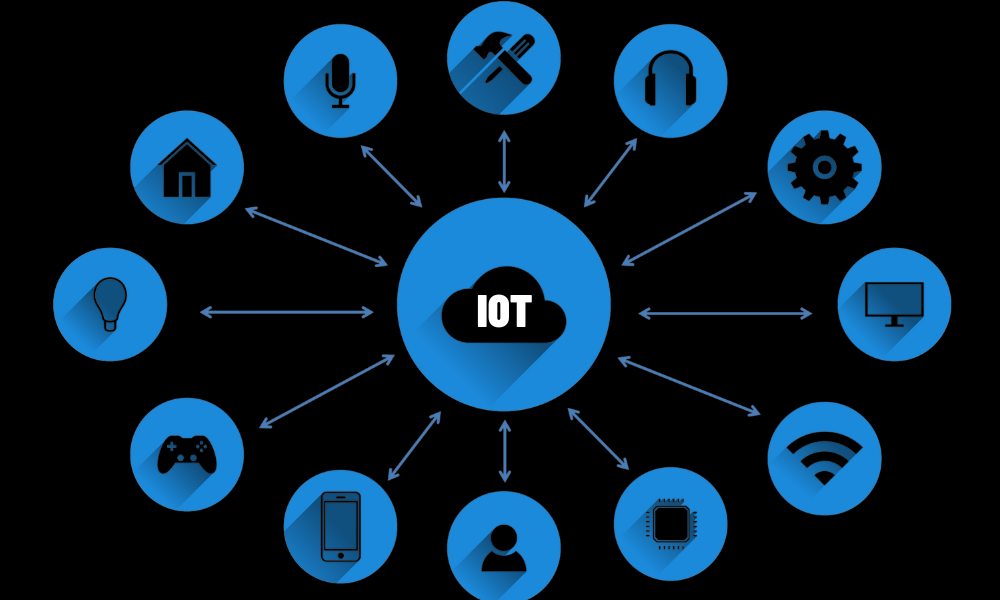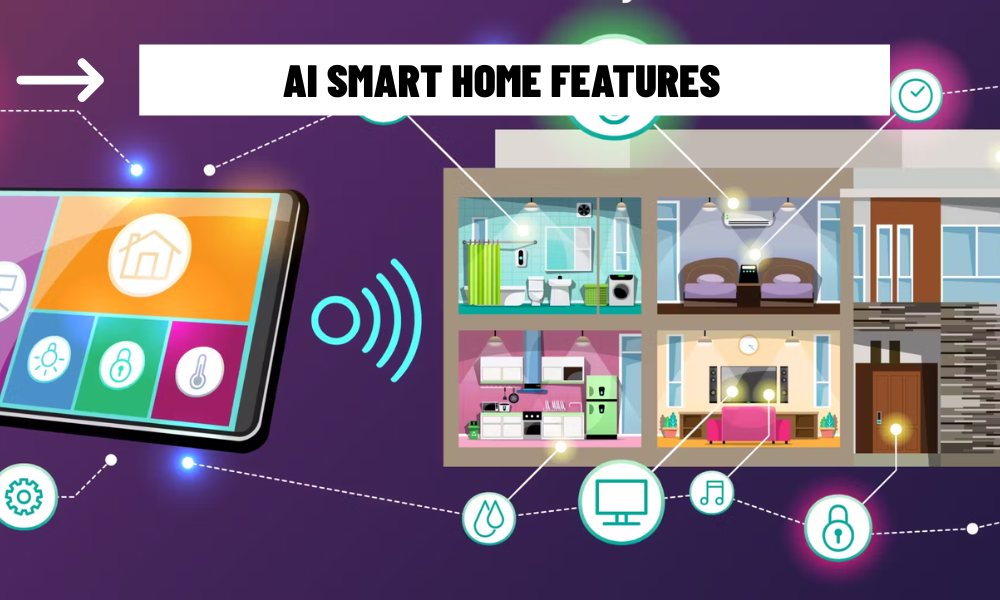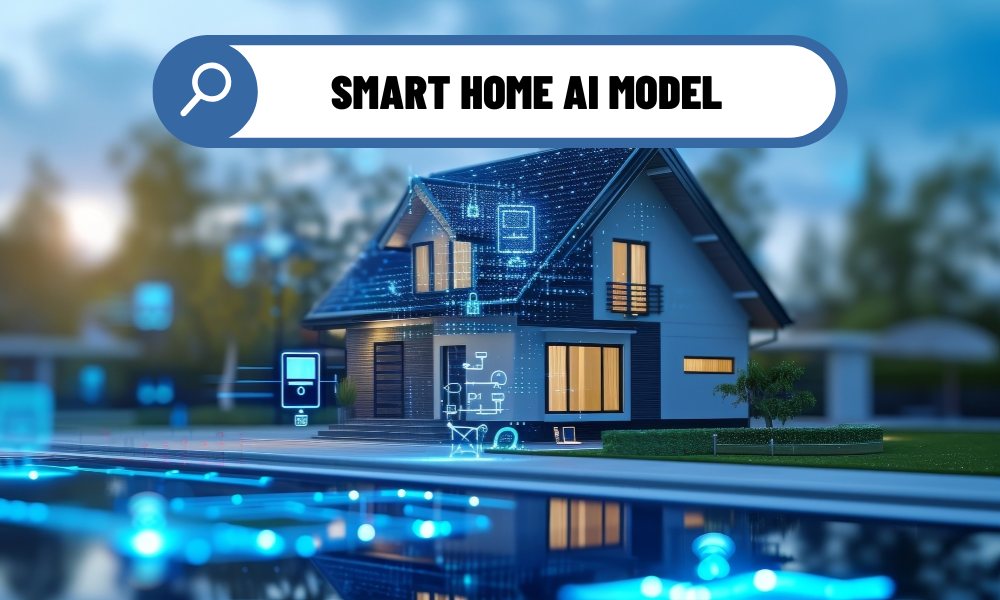The rise of the Internet of Things (IoT) has fundamentally transformed how we interact with our homes. What once seemed like science fiction is now an integral part of modern living, allowing us to control and automate various aspects of our homes with unprecedented ease. IoT home automation is a major driving force behind this revolution, offering convenience, efficiency, and enhanced control over our living environments.
Contents
What is IoT Home Automation?
IoT home automation refers to the integration of everyday devices and appliances into a connected network, enabling them to communicate with each other and be controlled remotely via the internet. These devices can include everything from lights and thermostats to door locks and security cameras. The power of IoT lies in its ability to connect these devices seamlessly, allowing homeowners to manage and monitor their homes from virtually anywhere.
The key to IoT home automation is the interconnectedness of devices. Smart sensors, embedded in everyday objects, collect data and communicate with each other through wireless networks. This allows for a more responsive, intuitive, and personalized living experience. Whether it’s adjusting your thermostat, locking your doors, or controlling your lighting, IoT makes home automation a simple and efficient process.

Benefits of IoT Home Automation
The adoption of IoT in home automation has led to numerous benefits, enhancing both the functionality and the quality of life in smart homes.
1. Increased Convenience and Control
One of the primary advantages of IoT home automation is the added convenience it offers. With connected devices, homeowners no longer need to worry about manually controlling every aspect of their homes. With a smartphone or voice command, you can adjust lighting, change the temperature, monitor security, and even control appliances—all without leaving your couch or while away from home. This ease of control brings unparalleled comfort to everyday life.
2. Improved Energy Efficiency
IoT home automation can have a profound impact on energy efficiency. By allowing homeowners to monitor and control devices like lighting, heating, and cooling systems, IoT enables more efficient use of resources. Smart thermostats, for example, can learn your preferences and adjust the temperature when you’re away, helping to reduce unnecessary energy consumption. Similarly, smart lighting can automatically turn off when no one is in the room, contributing to lower electricity bills.
3. Enhanced Security and Safety
Safety is another area where IoT excels. IoT home automation systems often include smart security cameras, motion detectors, and doorbell cameras that can be accessed remotely. Real-time alerts and video monitoring allow homeowners to keep an eye on their property even when they’re miles away. Additionally, IoT-enabled smoke detectors, carbon monoxide sensors, and water leak detectors can provide early warnings to prevent potentially dangerous situations, giving you peace of mind.
4. Personalized Living Experience
IoT home automation also allows for a more tailored living experience. Devices can be programmed to learn your habits and preferences, making daily activities more intuitive. For instance, your lighting can automatically adjust to your preferred brightness or hue depending on the time of day. Similarly, smart appliances can anticipate your needs, whether it’s brewing coffee in the morning or adjusting the washing machine to fit your laundry load.
The Future of IoT in Home Automation
As technology continues to evolve, the future of IoT home automation looks brighter than ever. Advances in machine learning, artificial intelligence, and 5G connectivity are likely to further enhance the capabilities of smart homes, making them even more efficient and intuitive. Future systems may have even greater integration, allowing devices to work together in more sophisticated ways. For example, your home could anticipate your arrival and start preheating your oven while adjusting the lighting and playing your favorite music, all seamlessly coordinated through IoT.
Moreover, as IoT technology becomes more widespread, we can expect even more innovative products and features to emerge. Homes will become increasingly smarter, with new opportunities for personalization and automation.
Challenges and Considerations in IoT Home Automation
Despite the many benefits of IoT home automation, there are also challenges that homeowners should consider. One of the primary concerns is privacy and security. With so many devices connected to the internet, the potential for cyber threats becomes a real issue. Ensuring that devices are properly secured with strong passwords, encryption, and regular software updates is crucial to keeping your smart home safe from unauthorized access.
Another challenge is compatibility. While IoT devices are becoming more standardized, not all devices from different manufacturers may work seamlessly together. It’s important to choose devices that are compatible with your existing system, or be prepared for potential integration issues.
Additionally, while the initial cost of setting up an IoT home automation system may be higher, the long-term savings from improved energy efficiency and convenience often outweigh the upfront investment.

The Role of IoT in Shaping Sustainable Homes
IoT’s impact on sustainability is another important aspect to consider. IoT home automation plays a significant role in the development of more sustainable homes. By providing better energy management, IoT devices can help reduce the overall carbon footprint of households. Smart thermostats, energy-efficient lighting, and even water conservation systems can all be managed through IoT, ensuring that homes are more eco-friendly.
Furthermore, IoT-enabled appliances are designed to work more efficiently, optimizing energy consumption. For example, a smart washing machine can sense the size of the laundry load and adjust its water and energy usage accordingly. This not only saves on resources but also reduces waste.
Conclusion
IoT home automation is transforming the way we live, offering homeowners enhanced convenience, greater control, improved energy efficiency, and heightened security. As the technology continues to evolve, the potential for smarter, more sustainable homes grows. From personalized routines to intuitive control of household devices, IoT home automation is reshaping the home environment in ways that were once only imaginable.
The future is undoubtedly interconnected, and as more devices become IoT-enabled, the way we interact with our homes will only become more seamless and intuitive. While there are challenges, such as privacy concerns and device compatibility, the benefits of a smart home powered by IoT far outweigh the obstacles. By integrating IoT into your home, you’re not just upgrading your living space—you’re stepping into the future of home living.


